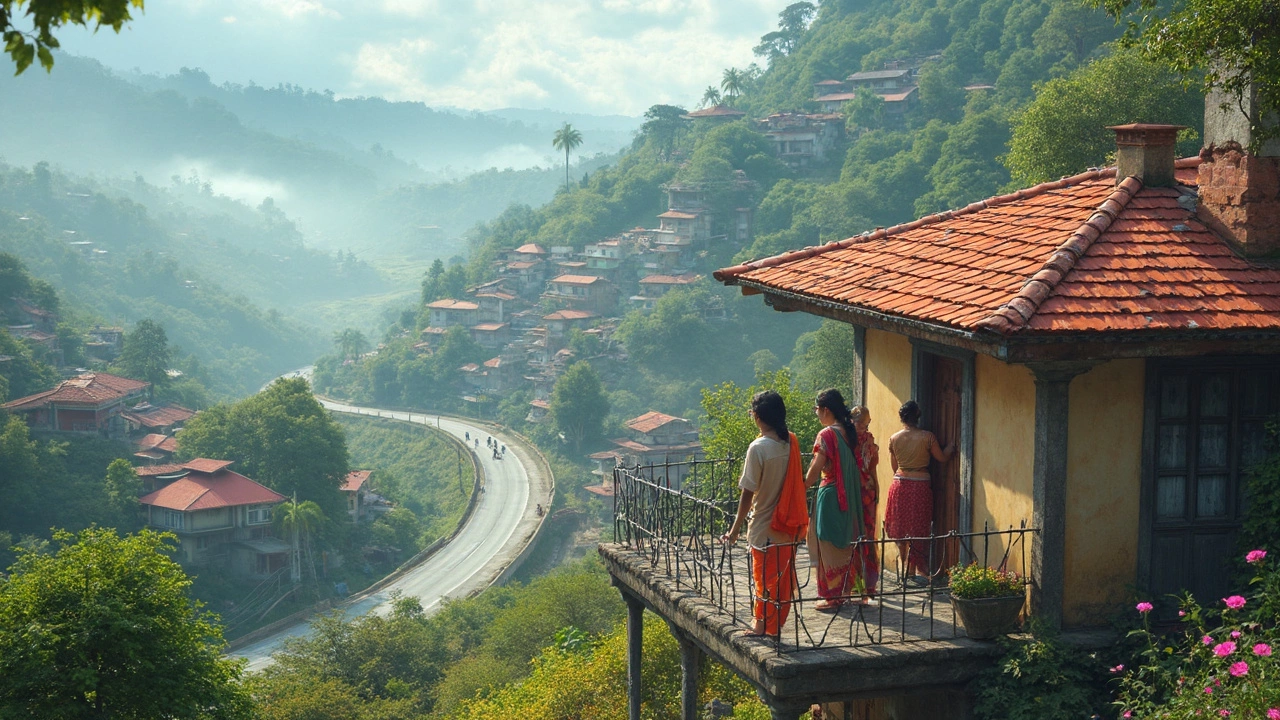SEARCH
Mountain Living – Your Practical Guide to Life and Travel in India's Peaks
Thinking about swapping city noise for fresh alpine air? India’s mountain regions offer more than stunning views – they give you a whole new way of living. From cozy hill‑top villages in Himachal to rugged trekking bases in the Himalayas, you can turn a short trip into a lasting lifestyle change.
Where to Start: Top Mountain Spots for Living and Exploring
First, pick a base that matches your vibe. If you crave a laid‑back vibe with tea gardens and easy trails, try McLeod Ganj in Dharamshala. It’s got affordable guesthouses, reliable buses, and a friendly expat community. For a true high‑altitude challenge, head to Spiti Valley. The roads are rough, but the silence and sky are worth every bump.
Another favorite is Auli in Uttarakhand. It’s famous for skiing, but off‑season it becomes a peaceful retreat with clear rivers and simple homestays. All three places have basic amenities, but you’ll still need to plan for power cuts and limited internet – a good excuse to disconnect.
Gear Up and Stay Healthy in the Mountains
Altitude can surprise even seasoned travelers. Bring a lightweight down jacket, a good pair of waterproof hiking boots, and layered clothing to handle temperature swings. A simple oxygen monitor is handy if you plan to go above 3,500 m.
Hydration is key. Carry a reusable bottle and add a pinch of salt or electrolyte tablets to avoid altitude‑related dehydration. Eat a balanced diet with carbs and protein; local dal and rice are cheap and energy‑rich. If you’re staying longer, try growing a few herbs in a balcony pot – mint, coriander, and chilies thrive in cooler air.
Don’t ignore medical basics. Pack a small first‑aid kit, include pain relievers, motion‑sickness tablets, and any prescription meds. A short walk each morning helps your body adjust and keeps you active without overexertion.
Budget wise, expect to spend around ₹1,500‑₹2,500 per day for a modest stay, food, and local transport. Renting a room in a homestay usually includes meals, which cuts costs. Public buses are cheap, but hiring a driver for remote areas can save time and hassle.Living long‑term? Look into government‑run skill‑training schemes in mountain districts. Many villages welcome teachers, doctors, and IT professionals willing to work remotely. It’s a win‑win: you get a steady income, the community gains expertise, and you enjoy mountain life.
Finally, respect the environment. Pack out all trash, use refillable water bottles, and stick to marked trails. The mountains stay beautiful when visitors leave no trace.
Whether you’re planning a weekend trek or dreaming of a permanent mountain home, the key is simple: start small, stay prepared, and let the fresh air do the rest.

Best Hill Station for Living: What Really Makes One Stand Out?
Thinking about swapping city smog for mountain air? This article digs into what makes a hill station a great place to live, not just visit. We'll break down the real-life perks and problems of daily mountain life, covering infrastructure, cost, community, climate, and connectivity. You'll also get some lesser-known tips for picking the place that's right for you. No fluff—just honest, practical info.
Continue reading